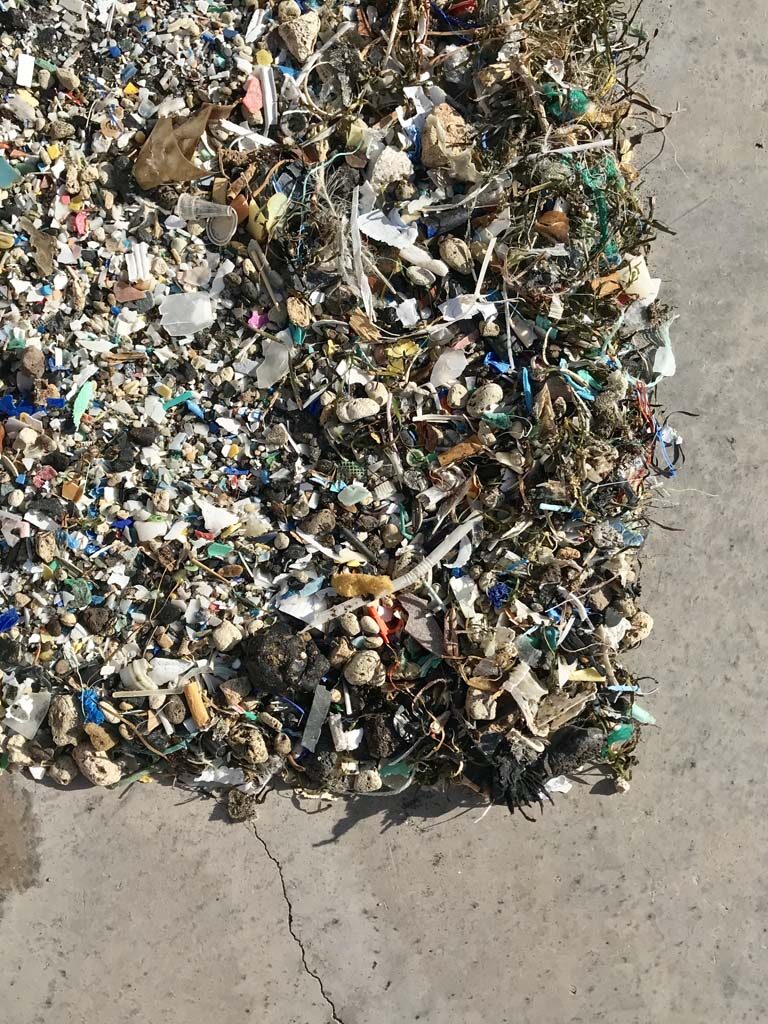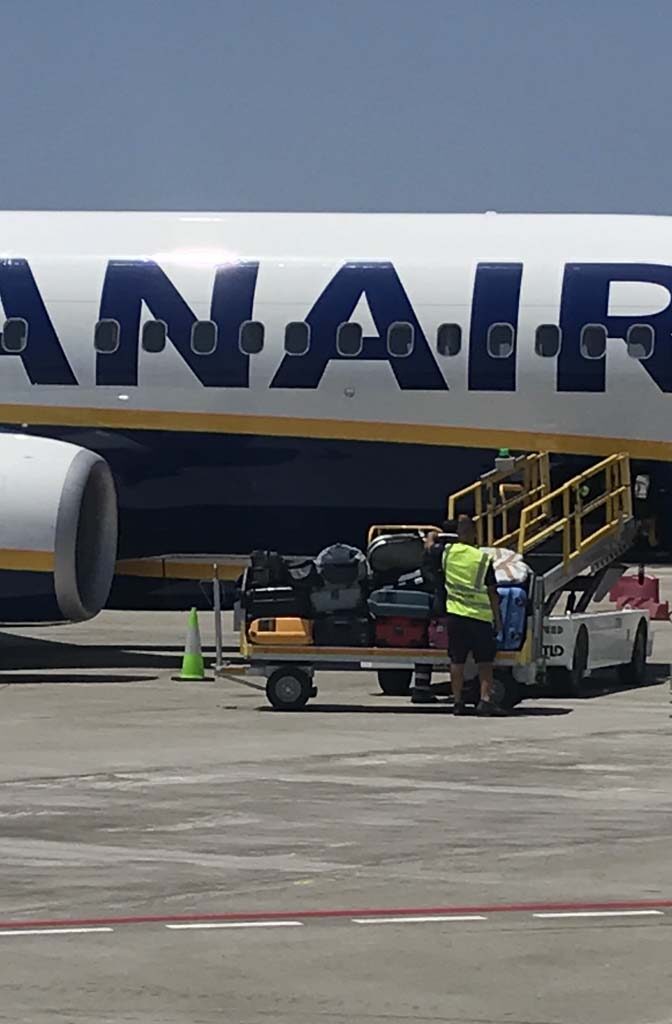
We were in Tenerife two weeks ago, to view the interior assignment we have realised there and to discuss the follow-up. The furniture we made was selected by Gabi Roca and can now be seen in the restaurant of the cable car station at the foot of the Teide, the largest volcano on the island. Around 3000 people go up and down in the gondola every day, so it is always busy. We took a look at the changes that have been made so far, at how the furniture fits there and talked about the next steps.
This is not such a difficult task, because the enormous windows Gabi has had installed make the breath-taking natural surroundings a ubiquitous part of the space and the experience. The colours of the 60×60 waste waste furniture and the oak and scrap wood selected by Gabi fit in perfectly with the surroundings. After the summer, when the logistic and other practical wishes have taken shape, we will get to work with alterations to the whole space, so that it merges even more with the breath-taking views.
The day before our visit to the restaurant, we visited the surf beach where I collected plastic years ago for the ‘Holiday man’. The little beach was full of plastic again and we decided to collect the rubbish and use it to make another bust or a reclining man. When we arrived, we saw from a distance that the beach was already clean. The plastic had been washed away by the sea and would later be washed back up on the beach, we thought. But as we got closer, we saw that a class of school children was busy cleaning up the beach; a fantastic initiative! Using some photos on my phone I tried to explain what I make from waste, busts, and asked whether I could have the waste they had collected.
Eventually, one of the little guys shouted “ha sculptura” and it was settled: their hard work had become even more useful, important and fun. They even helped carry the bags full of valuable rubbish to the car. Back home I spread it out on the ground to let it dry. The collection is beautiful and as the children had collected everything they could find, it shows exactly how much of which kind of rubbish has been washed up. Luckily there weren’t too many cigarette buts, maybe because the kids think they’re dirty too. There was plenty of rope, presumably from fishermen, and the salty sea has faded the colours beautifully. But in terms of quantity, lolly sticks win the prize. I made selections from the yield and borrowed a suitcase from Leo and Susan, who we were staying with, to take home the rubbish I wanted to use to make something. We photographed the rest, which was so beautiful that we saved it to make a picture with it one day. The story of the busts, the waste and the relevance of the project has never before taken shape so clearly. I wrote a piece about the busts in BOEK 3. It is included as pdf and has now gained a lovely and logical sequel.








